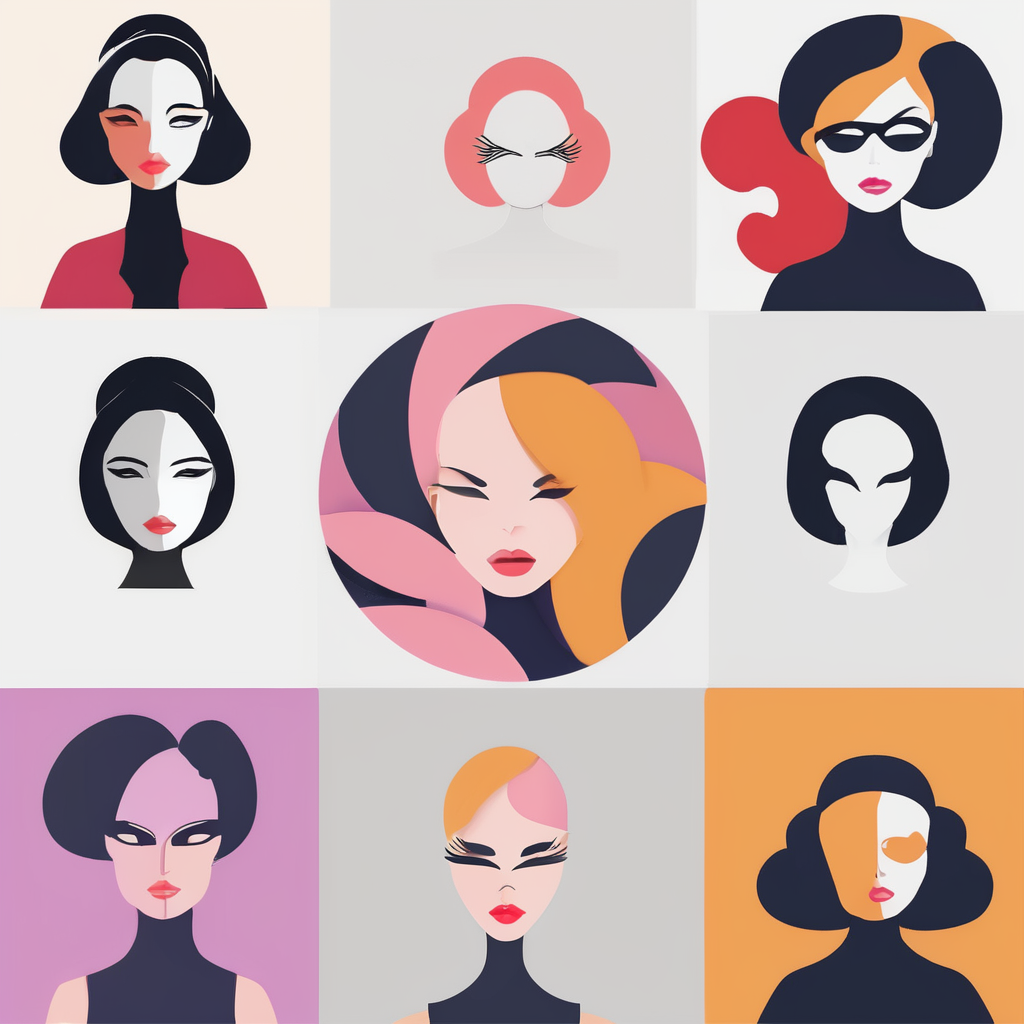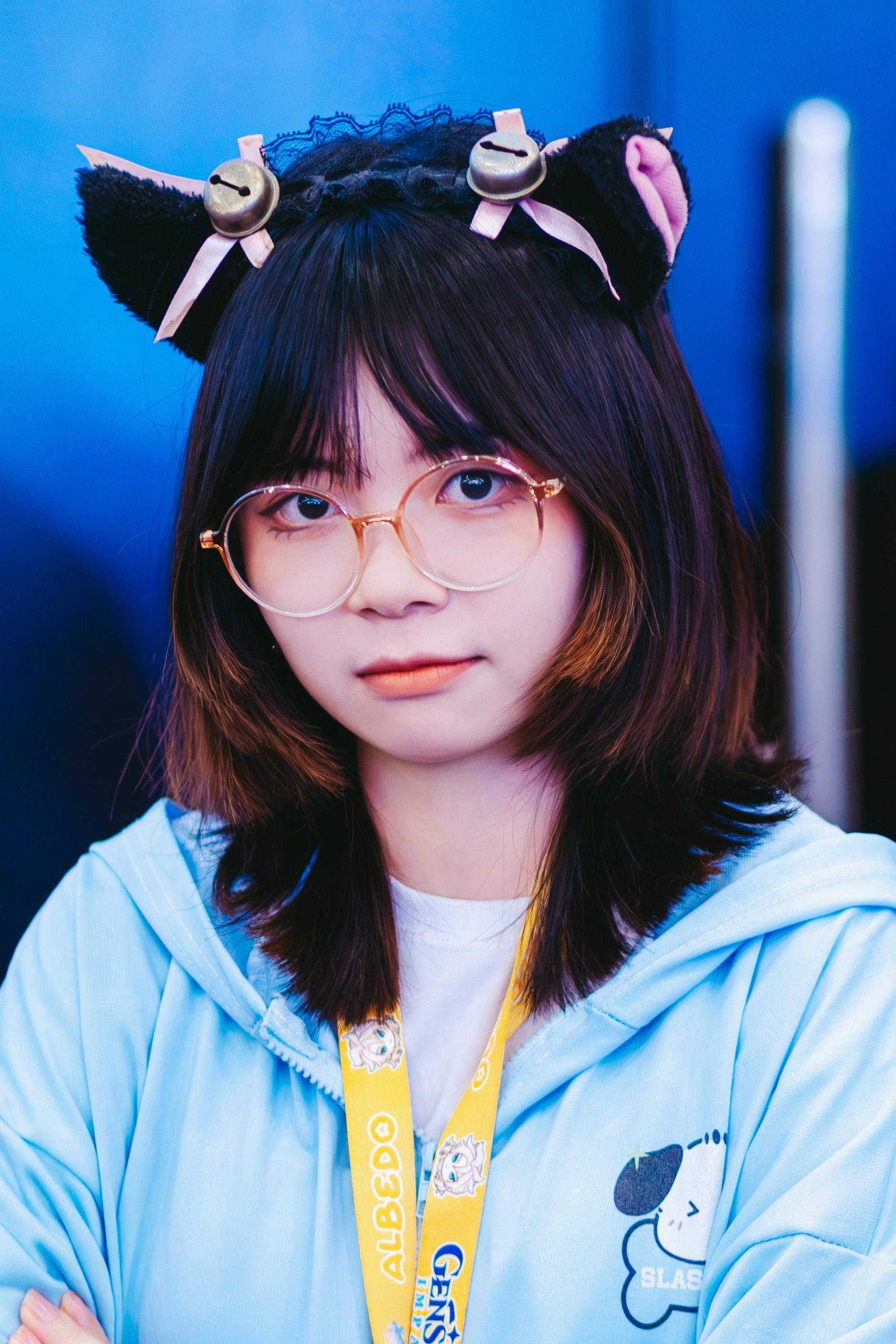Kawaii style captures more than just cuteness — it embodies innocence, playfulness, and emotional warmth rooted in Japan’s cultural history. From iconic pastel palettes to charming characters like Hello Kitty, this aesthetic invites you to express yourself through whimsical fashion and design. Discover how kawaii’s unique blend of tradition and trend can brighten everyday life with adorable, joyful touches.
Overview of Kawaii Style in Japanese Culture
Kawaii culture has evolved from negative origins to become a defining aspect of modern Japanese identity. Originally, terms like “kawayushi” and “kaohayushi” carried pitiable or unbearable connotations, but these shifted over decades. In the 1960s, women reclaimed “kawaii” from objectification, transforming it into a symbol of charm and innocence. The 1970s witnessed the rise of iconic brands like Sanrio, introducing characters like Hello Kitty and pioneering the “non-standard girlish script,” embraced by high school girls.
Also to read : Discover the chic selection of Prada hats for women
Visual elements include pastel palettes, with pink predominance, and simple, rounded shapes that evoke tenderness. Motifs such as sweets, strawberries, clouds, and flowers are pervasive in kawaii imagery, emphasizing softness and playfulness. Characters like Hello Kitty, Cinnamon Roll, and Rilakkuma feature exaggerated features—large eyes, small noses—and minimal details to foster an approachable, childlike aura.
You can view more details on this page: https://enchanted-peach.com. The influence of kawaii extends to fashion, media, and digital art, shaping a vibrant global phenomenon.
Additional reading : Infusing Vintage Flair: How to Elegantly Add Antique Brooches to Your UK Wardrobe;234Master the Art of Layered Necklaces: Top UK Tips and Tricks for an Elegant Look
Origins and Characteristics of Kawaii Culture
Kawaii culture originated in Japan, evolving from the words “kawayushi” and “kaohayushi,” whose meanings shifted from pitiable to charming over several decades. The transformation of kawaii culture reflects larger trends in Japanese society, where the history of cute aesthetics became intertwined with self-expression and popular consumer trends. In the 1970s, the rise of playful character design principles contributed to the widespread appeal of kawaii, influencing not only young people but also established brands.
Core defining features of adorable design include pastel color palettes and soft rounded shapes in art. These details are evident in both fashion and visual storytelling with playful characters, where motifs such as sweets, clouds, flowers, and stars appear with regularity. The iconic style is further reinforced by chibi illustration techniques, giving characters large, expressive eyes and simplified bodies—a hallmark of kawaii art.
Popular kawaii characters, from Hello Kitty to Rilakkuma and My Melody, set benchmarks for playful character design principles and have shaped how brand mascots are created. In merchandising, these characters extend into clothing trends inspired by cuteness, pastel fashion trends, and accessories for cute-inspired outfits, making kawaii culture overview relevant not just in media but in everyday life and branding with a playful look.
Visual and Artistic Elements of Kawaii
Precision: The defining features of adorable design rely on pastel color palettes, soft lighting, and anthropomorphic characters with large heads and big eyes—elements central to kawaii art. Kawaii design principles prioritize simple, soft rounded shapes in art and minimize angular forms to achieve visual warmth and appeal.
Building on these principles, popular kawaii characters like Hello Kitty embody the signature chibi illustration techniques: small chubby bodies and facial features (eyes and mouth) compactly aligned on a horizontal plane to mimic baby animals or children. This visual storytelling with playful characters draws on a limited, cohesive color palette—predominantly pink, lavender, yellow, and blue—evoking the emotional appeal of charming styles and calming color psychology of pastel tones.
In kawaii culture overview, animals, food items, and nature motifs are central. Strawberries, clouds, and cupcakes are classic kawaii inspired patterns and prints—appearing in illustration, stationery, and home decor. For aspiring artists and fans, how to draw adorable characters involves simple lines and minimalist shading. Tips for cute facial expressions and styles include enlarging eyes, minimizing noses, and using gentle, curved lines for mouths and blush marks—techniques showcased in digital art style tutorials and beginner-friendly drawing challenges.
These playful character design principles also influence clothing trends inspired by cuteness and pastel fashion trends, expanding kawaii culture from art to personal and home aesthetics.
Trends and Substyles in Kawaii Fashion and Media
Japanese kawaii culture thrives on constant evolution and integration of new trends, with distinct fashion subcultures leading the way. Styles like Yami Kawaii, Fairy Kei, Yume Kawaii, and Tenshi Kawaii reimagine cuteness and self-expression through playful character design principles, vibrant pastel color palettes, and unique motifs found in popular kawaii characters. Fashion subcultures in Japan take inspiration from Harajuku street style influence and Shibuya trend impact, further reflected in accessories for cute-inspired outfits, whimsical hairstyle ideas with playful looks, and inventive hair colors common in playful trends.
Clothing trends inspired by cuteness use soft rounded shapes in art, pastel fashion trends, and popular kawaii characters to create wearable expressions of joy. For those interested in DIY cute clothing ideas or layering techniques for playful outfits, balancing cute and trendy in fashion often means embracing pastel color palettes with handmade cute accessories and kawaii inspired patterns and prints.
Digital media and animation techniques for adorable characters, along with emoji and sticker design for messaging, have amplified kawaii themed home decor and pastel interior design ideas across global digital platforms. Online communities for cute art lovers, fueled by social media trends with cute content, are central in spreading the cultural impact of cuteness in media and the emotional appeal of charming styles.
The Heart of Kawaii Style: Defining Features and Visual Principles
Key traits of kawaii style include pastel color palettes, soft rounded shapes in art, and playful character design principles anchored in Japan’s rich kawaii culture overview. Popular motifs are animals, sweets, stars, and clouds. Characters stand out through rounded bodies and large expressive eyes.
Pastel color palettes remain fundamental—think soft pinks, baby blues, lavender, and buttery yellow. These gentle tones appear in clothing trends inspired by cuteness and in pastel fashion trends that dominate both apparel and kawaii themed home decor. In art, pastel interior design ideas brighten up spaces, while pastel tones frequently infuse stationery and office supply trends, amplifying the overall adorable appeal.
Soft rounded shapes in art and cute facial expressions and styles—like tiny smiling mouths and wide eyes—convey innocence, friendliness, and charm. Chibi illustration techniques, common in digital art, push these features further, making it simple for creators of any skill level to draw adorable characters. Tutorials for cute illustration styles often emphasize animation techniques for adorable characters and show how to give faces playful character design principles that stay true to kawaii culture overview.
Popular kawaii characters like Hello Kitty and Sumikko Gurashi embody these defining features, exemplifying both emotional appeal and the psychology behind attraction to adorable designs.











